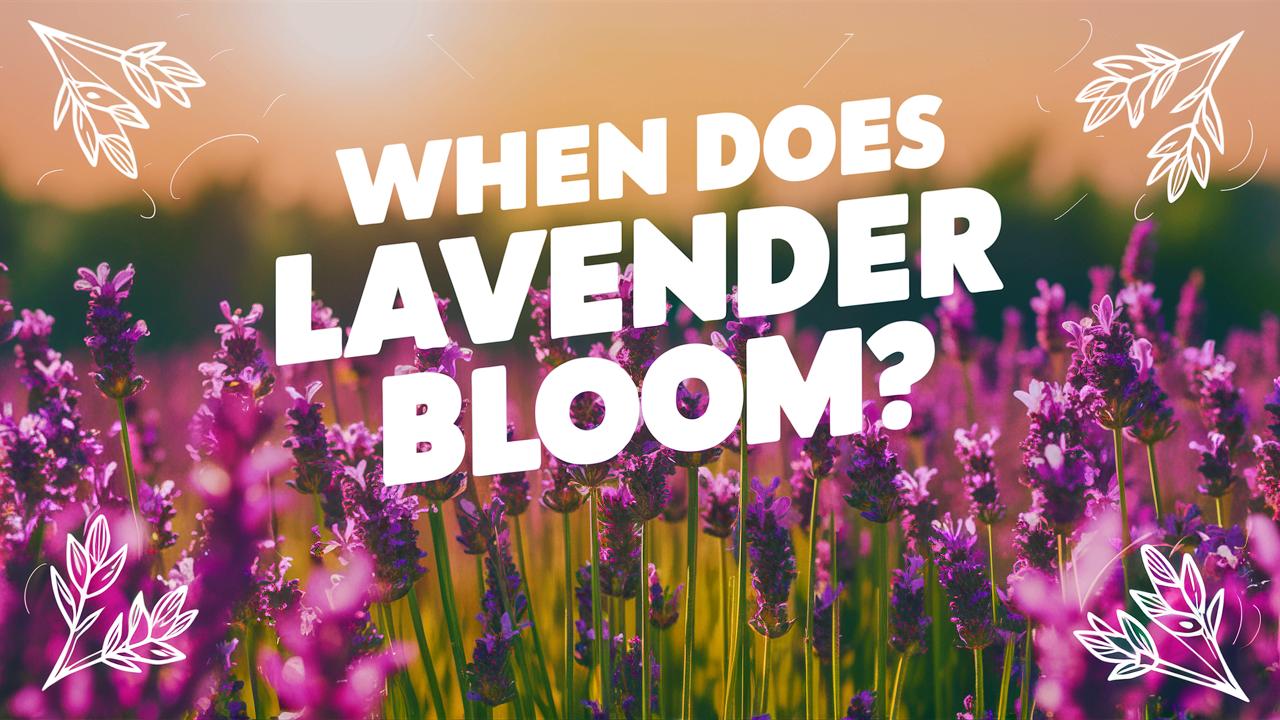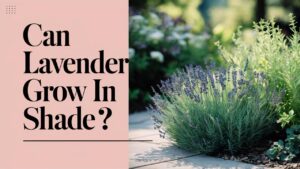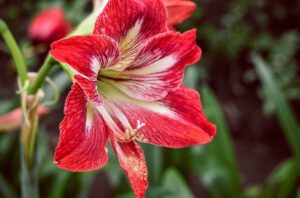In this post, we will dig into the specifics of lavender blooming cycles, environmental influences, care tips, and much more.
The Life Cycle of Lavender
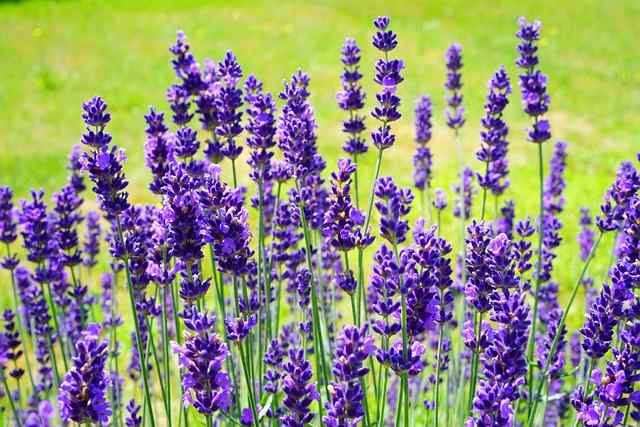
Before we dive into the specifics of blooming, it’s essential to understand the life cycle of lavender itself. Lavenders belong to the Lamiaceae family, primarily consisting of over 30 species, such as English lavender (Lavandula angustifolia), French lavender (Lavandula stoechas), and Italian lavender (Lavandula dentata). Each species has unique traits, but they all share a general lifecycle that helps define when they bloom.
From Seed to Bloom
Lavender can be propagated from seeds, cuttings, or divisions. The germination of lavender seeds generally occurs several months before blooming, often requiring stratification—an exposure to cold temperatures for several weeks—to mimic winter conditions. After germination, lavender seedlings grow slowly, taking roughly 3 to 4 months to establish themselves.
Once established, you should expect the first blooming phase of lavender to occur in the summer following the year it was planted, specifically from late spring to early summer depending on the climatic conditions. This growth cycle allows lavender to acclimatize and build the energy reserves necessary for its stunning floral display.
Blooming Seasons: Timing is Everything
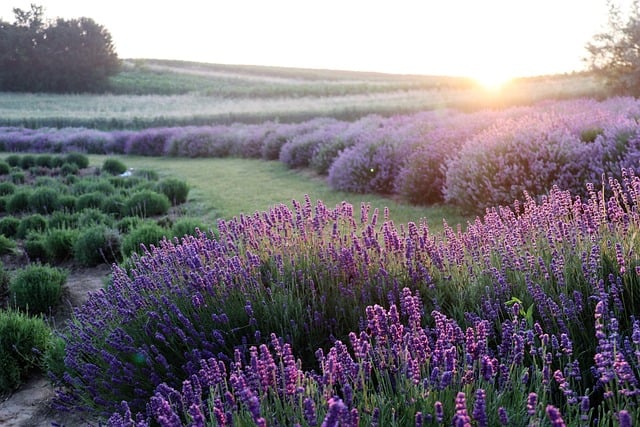
Now, let’s explore the timing of lavender blooms in detail. The bloom period varies by species, climate, and local conditions, but a general timeframe can be established.
The Ideal Climate for Blooming
Lavender generally blooms from late spring through the summer months. Most are in full bloom from June to August. In optimal growing conditions, such as those found in Mediterranean climates where lavender thrives, blooming starts in May and can last until September.
Different lavender varieties present diverse blooming windows. For instance:
English Lavender (Lavandula angustifolia): Typically blooms early to mid-summer, around late June to August.
French Lavender (Lavandula stoechas): Often flowers from April to June, creating a stunning early display.
Spanish Lavender (Lavandula spp.): Blooms late spring and can continue until the early summer months.
Regional Variability
The exact blooming time can vary by region. In northern areas, blooming may occur later than in warmer southern climates. Factors that contribute to blooming time include:
Elevation: Higher elevations have cooler temperatures and shorter growing seasons, thus impacting when lavender flowers.
Climate: Warmer climates encourage early blooming, while cool, damp conditions might delay the process.
Lighting: Lavender thrives in full sunshine; inadequate sunlight can lead to delayed blooming or lesser flower yields.
Factors Influencing Blooming
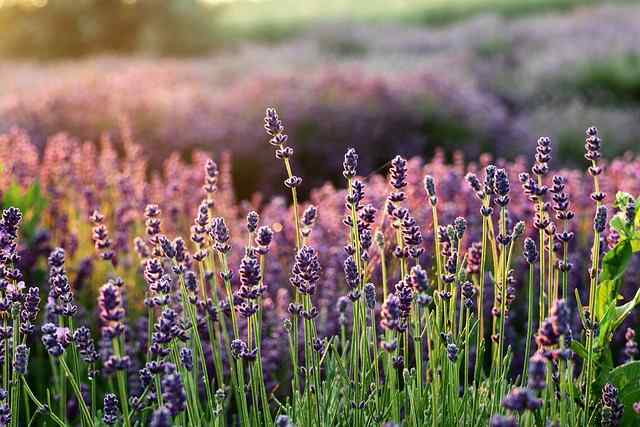
While we have established a general timeframe for blooming, several environmental factors significantly impact when lavender flowers.
Sunlight and Temperature
As a sun-loving plant, lavender requires full sun for at least 6 to 8 hours daily to initiate blooming. Insufficient sunlight can result in poor growth and delayed flowering. Furthermore, lavender flourishes in warm temperatures; the ideal range is about 70°F to 85°F (20°C to 30°C) during the day. Night temperatures should remain above 40°F (4°C) for adequate blooming.
Soil Quality and Drainage
Lavender is adaptable but prefers well-draining, sandy-loam soils with a pH level of 6.0 to 8.0. Heavy, clay soils retain moisture, which can provoke root rot and hinder flowering. Incorporating organic matter can help improve drainage while providing essential nutrients.
Watering Practices
Although lavender is drought-tolerant once established, newly planted lavender needs regular watering for the first 6 to 8 weeks. Overwatering, especially during cooler seasons, is one of the main culprits in delaying blooming. As a rule of thumb, watering should be done deeply but infrequently, allowing soil to dry between waterings.
Pruning Techniques
Proper pruning is essential for encouraging blooming during the subsequent growing season. By trimming back dead flowers and cutting lavender plants to promote air circulation, you can stimulate growth. Moreover, pruning after the last frost but just before new growth begins ensures healthier blooms.
Cultivating Lavender for Successful Blooming
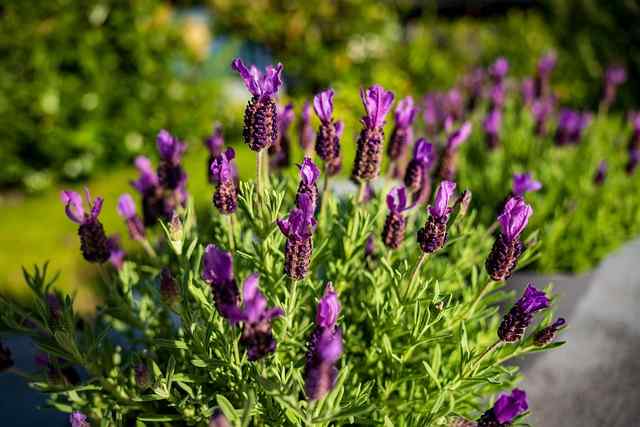
If you’re interested in enjoying an abundant display of lavender flowers, understanding how to cultivate these plants effectively is crucial.
Choosing the Right Variety
Selecting the appropriate lavender variety is the foundation of healthy blooming. Research the different species and select one that suits your climate and garden conditions. If you’re in a cooler region, English lavender might be your best choice. In contrast, for warmer climates, French or Spanish lavender are more appropriate.
Ideal Planting Conditions
Once you’ve selected your lavender variety, plant them during the growing season, ideally in April after the danger of frost has passed. Space plants adequately to allow airflow and minimize competition for nutrients. Ensure that the crown of the plant sits slightly above ground level, reducing the risk of rot.
Fertilization Practices
Lavender is relatively low-maintenance when it comes to fertilization. In fact, too much fertilizer can lead to lush foliage at the expense of blooms. A slow-release, low-phosphorus fertilizer can be applied in early spring to give them a gentle boost. Use it sparingly and preferably avoid fertilizing after mid-summer.
A Symphony of Color and Scent
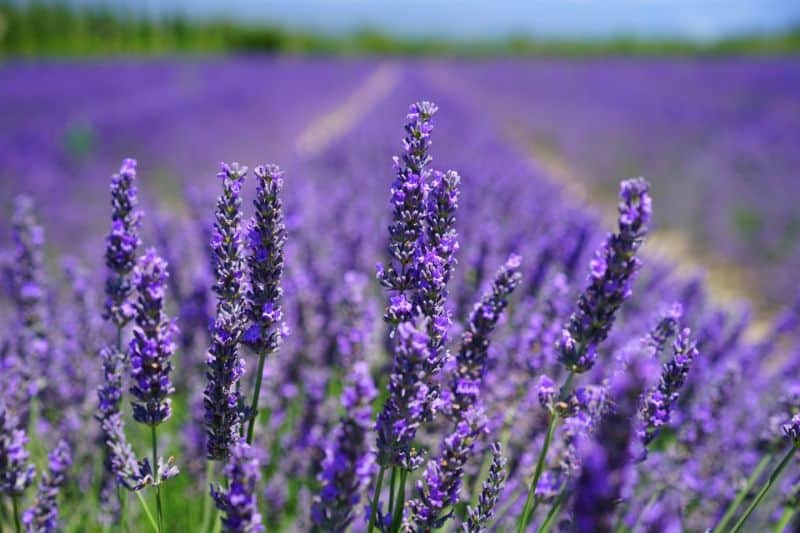
When lavender blooms, it transforms any space into a picturesque haven with its captivating colors and soothing fragrance. Lavender flowers are rich in various shades, including soft lilac, deep violet, and even white. These colors are not only visually appealing but also play a role in attracting pollinators like bees and butterflies, vital for ecosystem health.
The Aesthetics of Lavender Flowers
Lavender flowers can vary in structure based on species. The characteristic long spikes adorned with small blooms punctuate any garden. In addition to their unique beauty, lavender flowers have been used to create essential oils, sachets, and potpourri for centuries thanks to their calming scent.
Aromatherapy and Health Benefits
The enchanting fragrance of lavender contributes to its popularity in aromatherapy. The scent is known for its calming effects, relieving stress and promoting relaxation. This remarkable flower is also heralded for its ability to improve sleep quality, alleviate anxiety, and even ease headaches.
Expanding the Lavender Blooming Experience
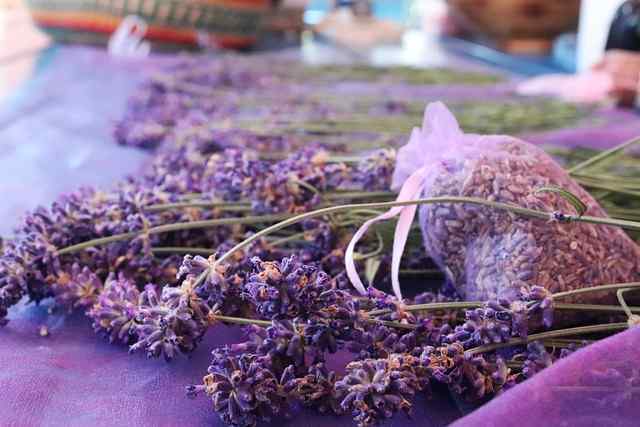
To enhance your encounter with lavender during its blooming phase, consider a few engaging ways to incorporate it into your life and activities.
Creating Your Lavender Garden
Imagine a flourishing lavender garden where you can unwind and connect with nature. Plant a variety of lavender species to enjoy an extended blooming period, and pair them with companion plants such as roses, sage, or thyme that thrive in similar conditions. The visual diversity, fragrance, and soothing sounds of bees can create a vibrant sanctuary.
Culinary Uses of Lavender
Lavender is not just a feast for the eyes but can also be a delightful addition to your culinary endeavors. From lavender-infused honey and teas to desserts like lavender shortbread cookies or ice cream, you can embark on a sensory journey that celebrates this bloom in taste and aroma.
DIY Projects with Lavender
Lavender lends itself beautifully to various DIY projects. Craft your own lavender sachets, infused oils, or soaps. Dried lavender can also be used in potpourri blends for a relaxing aroma in your home.
In Conclusion: Waiting for Blooms
When does lavender bloom? The answer may vary widely based on the variety and regional climate, but for most gardens, expect vibrant bursts of color and aroma during late spring and throughout summer. Engaging with lavender goes beyond just appreciating its blooming nature; it’s a harmonious experience that unites senses and encourages serenity.


